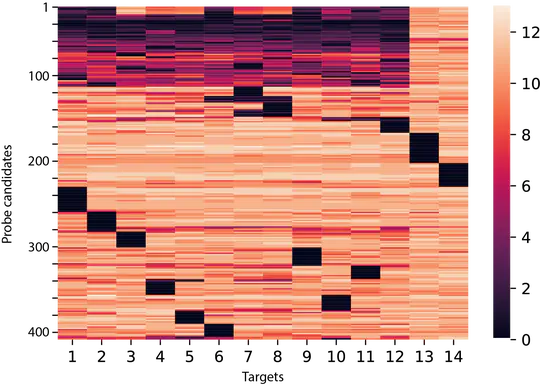Therapeutics
Exploring the nano-immune interface to engineer synthetic immunity
Programmable self-assembling nanostructures
Formulation engineering
Nanoparticles have several promising features as drug delivery systems, but their in vivo design principles are just beginning to be understood. For example, the majority of existing formulations rapidly end up in the liver following in vivo administration, making them ill-suited for treating many diseases. Using nanoscopic structures made of DNA, which can be programmed with arbitrary user-prescribed shapes and dynamics, we are elucidating how nanoparticle features determine their cell-type specific uptake and subcellular localization patterns for guiding the design of more efficient nanoparticle-based drug delivery systems.
Nanoparticles have several promising features as drug delivery systems, but their in vivo design principles are just beginning to be understood. For example, the majority of existing formulations rapidly end up in the liver following in vivo administration, making them ill-suited for treating many diseases. Using nanoscopic structures made of DNA, which can be programmed with arbitrary user-prescribed shapes and dynamics, we are elucidating how nanoparticle features determine their cell-type specific uptake and subcellular localization patterns for guiding the design of more efficient nanoparticle-based drug delivery systems.
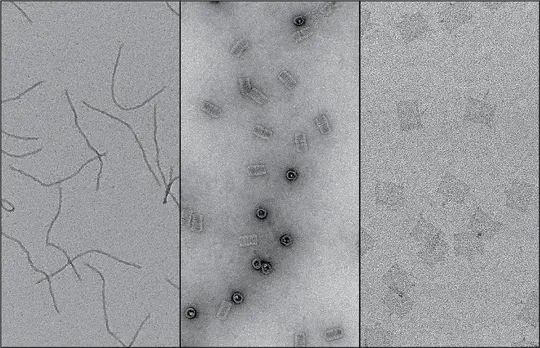
Nanotechnology-based adjuvants
Engineering Immunity
Our immune system is outfitted with a plethora of sensors to discriminate friend from foe. Precisely engaging these sensors is critical to the success of immune-interventions for vaccines (i.e. activation) and autoimmune therapies (i.e. dampening). Materials with tailor-made structure, valency, solubility, and release profiles, for example via mimicry of natural pathogens, represent an innovative approach for controlled immuno-modulation. Using DNA nanostructures as a programmable core buidling block, we explore how engineered combinations of signals can lead to synergistic immuno-modulatory properties.
Our immune system is outfitted with a plethora of sensors to discriminate friend from foe. Precisely engaging these sensors is critical to the success of immune-interventions for vaccines (i.e. activation) and autoimmune therapies (i.e. dampening). Materials with tailor-made structure, valency, solubility, and release profiles, for example via mimicry of natural pathogens, represent an innovative approach for controlled immuno-modulation. Using DNA nanostructures as a programmable core buidling block, we explore how engineered combinations of signals can lead to synergistic immuno-modulatory properties.
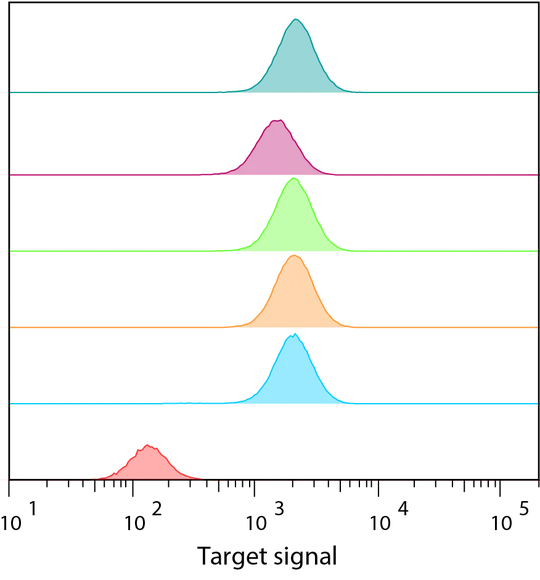
Personalized nano-vaccines
Therapeutic design
Neoantigen vaccine is a personalized approach to treat cancer that harnesses the power of mobilizing our immune system. However, there are formidable logistical and manufacturing challenges to personalizing treatments in a cost-effective and timely manner. Regardless, these considerations are paramount to providing clinical benefits. Leveraging the programmability of DNA nanostructures, we aim to develop universal nanoparticle chassis for rapid formulation of neoantigen vaccines. By establishing a plug-and-play platform, we hope to facilitate the adoption and effectiveness of neoantigen vaccines towards front-line clinical use.
Neoantigen vaccine is a personalized approach to treat cancer that harnesses the power of mobilizing our immune system. However, there are formidable logistical and manufacturing challenges to personalizing treatments in a cost-effective and timely manner. Regardless, these considerations are paramount to providing clinical benefits. Leveraging the programmability of DNA nanostructures, we aim to develop universal nanoparticle chassis for rapid formulation of neoantigen vaccines. By establishing a plug-and-play platform, we hope to facilitate the adoption and effectiveness of neoantigen vaccines towards front-line clinical use.
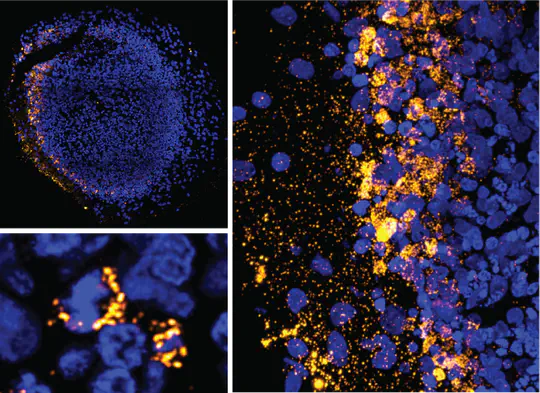
Analytics
Integrating materials with DNA nanotechnology to enhance quantitative measurements
Molecular computers for the point-of-care
Assay development
Complex diseases are often associated with changes in the expression levels of many genes. These changes are currently only detectable in centralized labs by trained experts using sophisticated instruments. To make medicine more equitable, we are developing “biomolecular computers” to diagnose diseases with minimal instrumentation and user-intervention. In contrast to silicon computers, biocomputers will be much smaller, lighter, and will be able to operate directly on patient derived analytes (e.g. DNA, RNA or proteins) without the need for an external power supply. We envision these capabilities to expand the range of diseases that can be diagnosed at the point-of-care.
Complex diseases are often associated with changes in the expression levels of many genes. These changes are currently only detectable in centralized labs by trained experts using sophisticated instruments. To make medicine more equitable, we are developing “biomolecular computers” to diagnose diseases with minimal instrumentation and user-intervention. In contrast to silicon computers, biocomputers will be much smaller, lighter, and will be able to operate directly on patient derived analytes (e.g. DNA, RNA or proteins) without the need for an external power supply. We envision these capabilities to expand the range of diseases that can be diagnosed at the point-of-care.

DNA-barcoded cytometry
Single-cell profiling
Cell-type diversity and cell-cell interactions underlie the formation of multicellular tissues and diseases such as cancer. These interactions involve both soluble signaling and physical contacts between cells, and together constitute ‘signaling programs’ that determine cellular behaviors. Deciphering the nature of this circuit is the first and foremost challenge towards precision and personalized medicine. We are developing technologies to perform precise, multiplexed, and spatially resolved single cell analyses. Ultimately, this will allow better understanding of cells and engineered cell therapies.
Cell-type diversity and cell-cell interactions underlie the formation of multicellular tissues and diseases such as cancer. These interactions involve both soluble signaling and physical contacts between cells, and together constitute ‘signaling programs’ that determine cellular behaviors. Deciphering the nature of this circuit is the first and foremost challenge towards precision and personalized medicine. We are developing technologies to perform precise, multiplexed, and spatially resolved single cell analyses. Ultimately, this will allow better understanding of cells and engineered cell therapies.
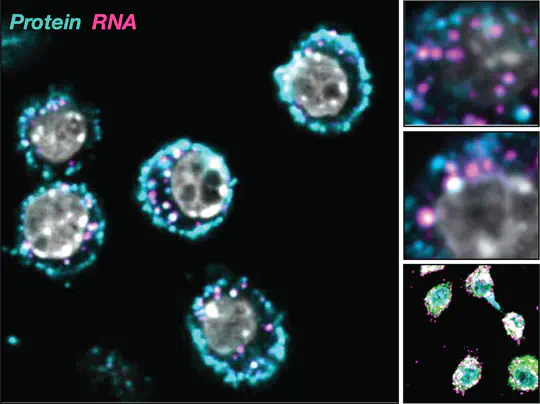
Designing probes for molecular imaging
Probe discovery
Advances in genomics and the declining cost of sequencing have made it feasible to detect pathogens and diseases by sequencing the RNA or DNA in heterogeneous biological samples. However, a common challenge is to find the rare, trace amounts of tell-tale molecules in an overwhelming amount of background signals. To overcome this challenge, we are developing probes that are brighter and binds targets more specifically by combining computational design, DNA nanotechnology, and synthetic biology. These probes will enable the detection of biomolecules with greater sensitivity and specificity. We work with biologists and clinicians to validate probe performance under different modalities.
Advances in genomics and the declining cost of sequencing have made it feasible to detect pathogens and diseases by sequencing the RNA or DNA in heterogeneous biological samples. However, a common challenge is to find the rare, trace amounts of tell-tale molecules in an overwhelming amount of background signals. To overcome this challenge, we are developing probes that are brighter and binds targets more specifically by combining computational design, DNA nanotechnology, and synthetic biology. These probes will enable the detection of biomolecules with greater sensitivity and specificity. We work with biologists and clinicians to validate probe performance under different modalities.
